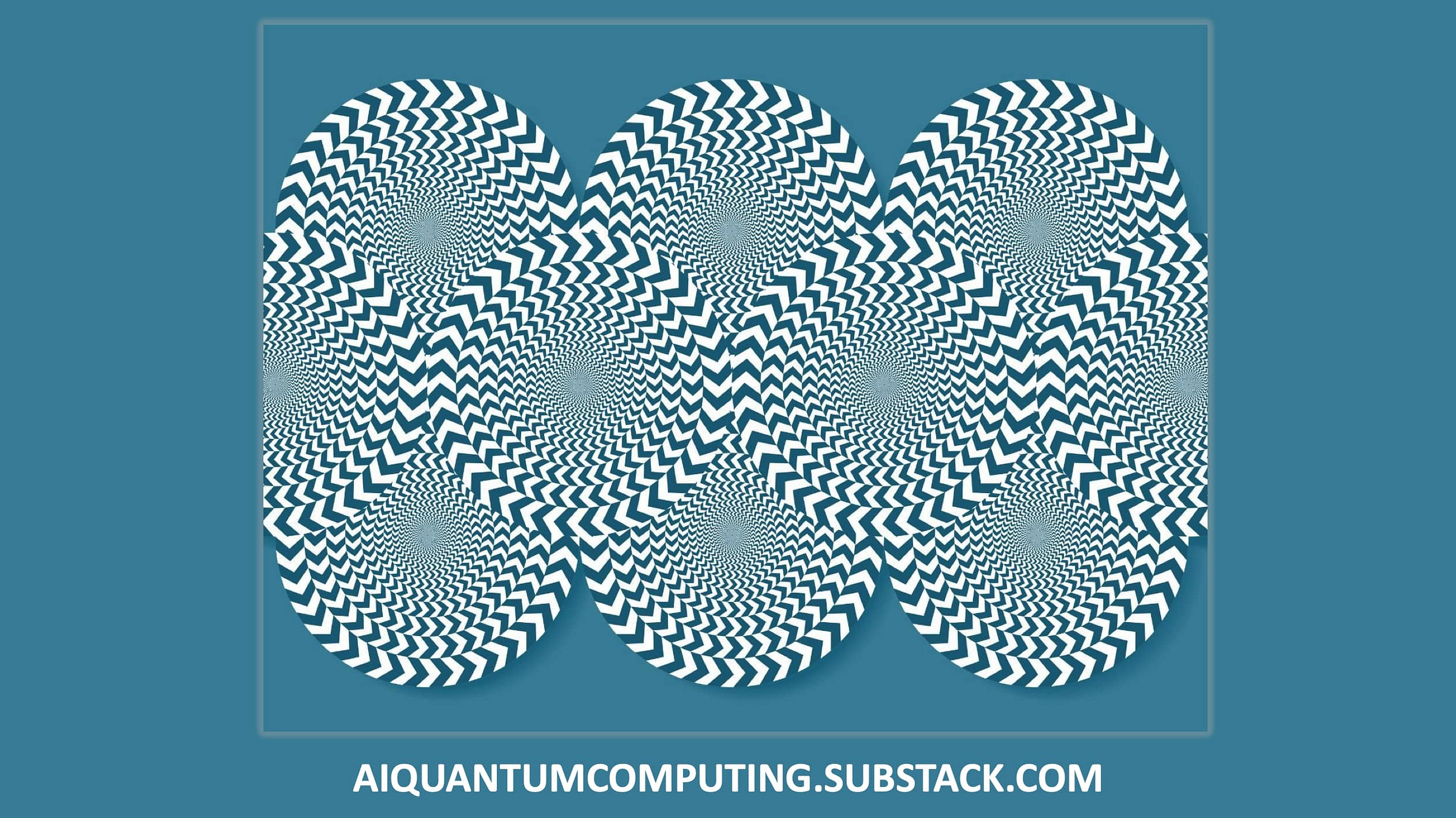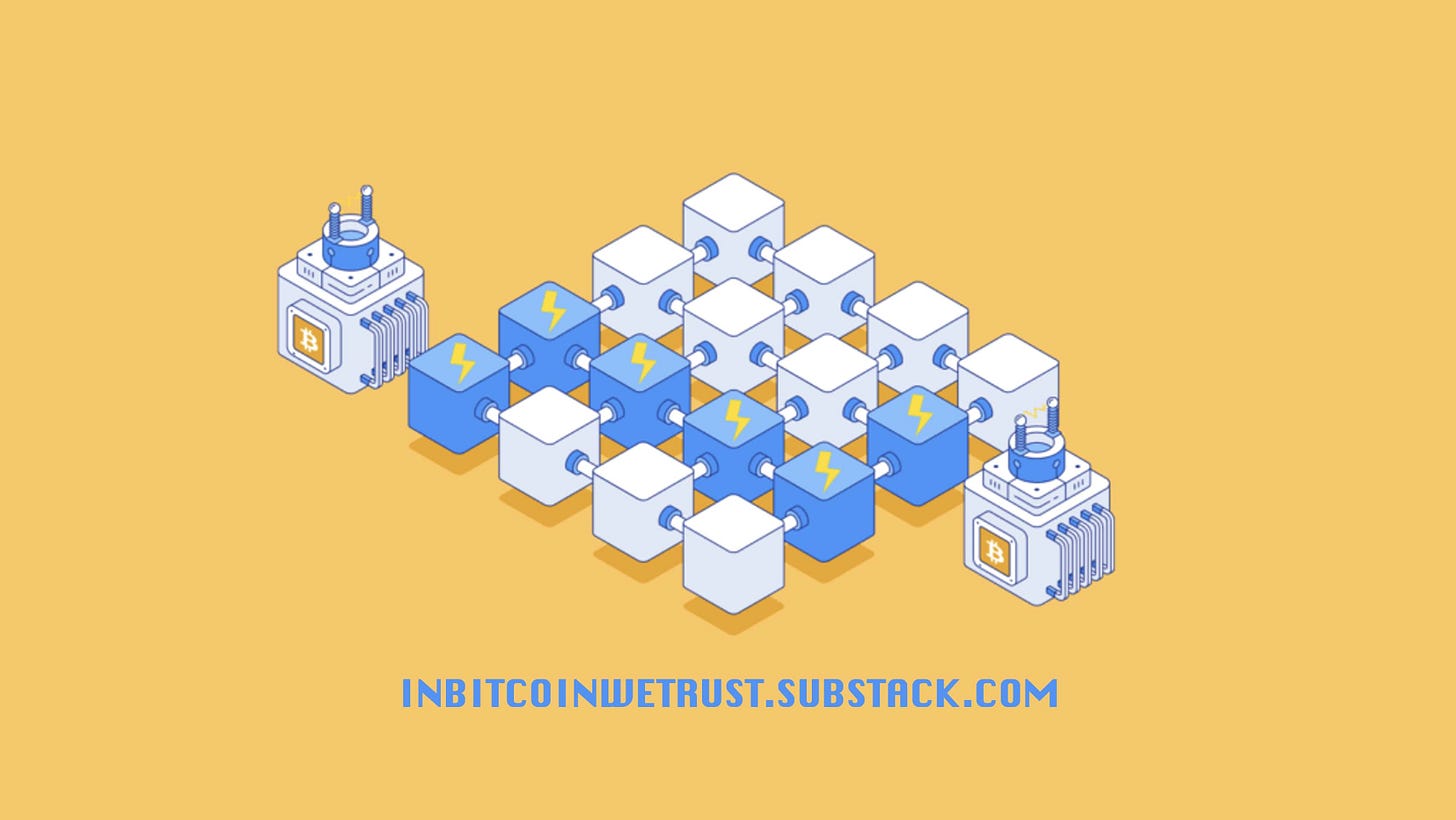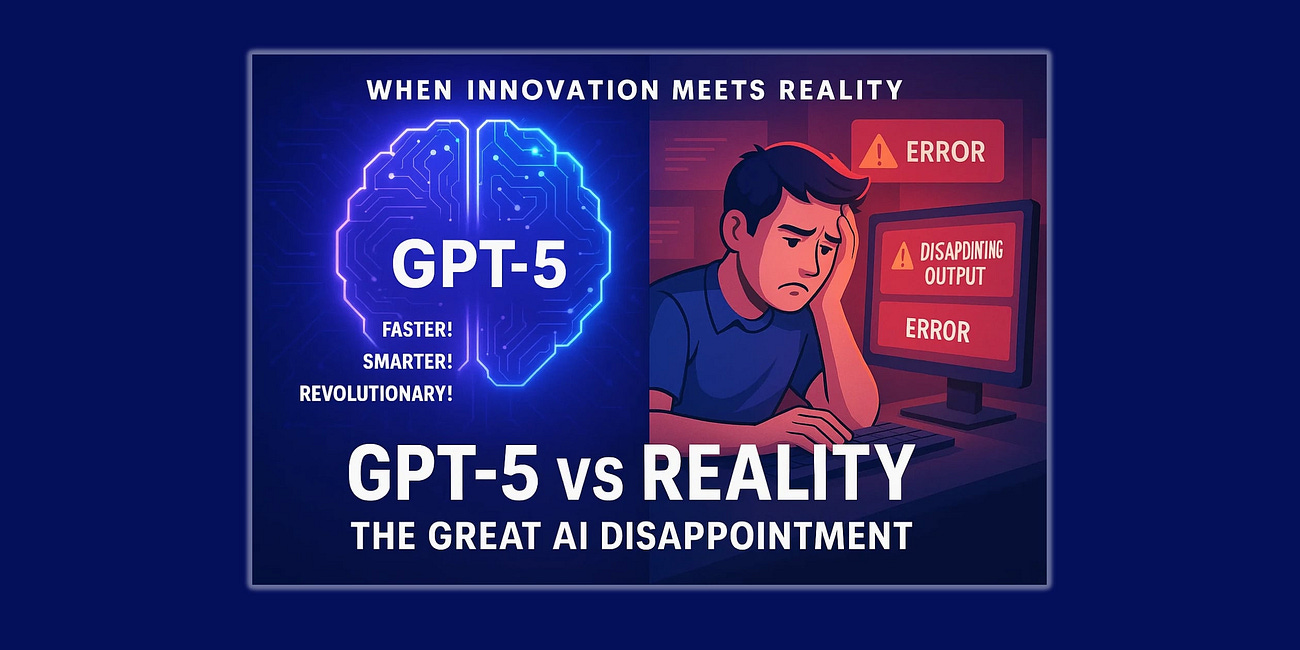Quantum Computing: The Great Scientific Illusion.
When billions of dollars rest on factoring the number 35...
Quantum computing. The name alone evokes images of limitless processing power, of unsolvable problems finally conquered, and of a technological revolution that will redefine science, medicine, and finance. At the heart of this promise lies a threat—or an opportunity, depending on your point of view: the ability to shatter the foundations of our digital security. Shor’s algorithm, running on a sufficiently powerful quantum computer, could theoretically pulverize the RSA encryption keys that protect our bank transactions, our communications, and our state secrets.
For decades, we have followed the progress in this field with a mixture of fascination and apprehension. Every new announcement of a processor with more qubits, every paper describing the factorization of a number slightly larger than the last, is hailed as another step toward this inevitable future. We went from 15 to 21, then to 35... But what if this triumphal march was just a sleight of hand? What if, behind the curtain of complex physics and entangled qubits, lay a creativity that was not scientific, but illusionist?
This is the bombshell recently dropped by researchers Peter Gutmann and Stephan Neuhaus. In a devastating paper, they have methodically dismantled years of published results in the field. Their conclusion is a true cat among the pigeons, an indictment that resonates with the force of an anathema: None of the published quantum factorization benchmarks can be trusted.
What Gutmann and Neuhaus reveal is a culture of “cooking the books,” where the scientific community, driven by immense pressure, has systematically cheated to present spectacular results. Not by falsifying raw data, but in a much more subtle and ingenious way: by carefully choosing the problem to fit the solution, and not the other way around.
The 5-Minute Guide to Your First Bitcoin Lightning Network Payment.
It's time to switch from being a Bitcoin HODLer to a Bitcoin User for everyday payments.
The Magic Trick of “Trap Numbers”
The most fascinating part of this story isn’t the physics, but the psychology. The most common technique, and the easiest to understand, is the use of “trap numbers.” Imagine a magician asking you to pick a card from a deck, then instantly guessing it. You’re impressed. But if you learned that the deck contained only Aces of Spades, the trick would suddenly seem far less remarkable. This is precisely what is happening with quantum factorization.
The fundamental challenge of factorization, upon which RSA security is built, is to find the two prime numbers (p and q) whose product (N) is known. The difficulty of this task increases exponentially with the size of N, especially when p and q are of similar size and chosen randomly.
However, quantum researchers are not choosing their numbers randomly. Instead, they deliberately select numbers N whose mathematical structure guarantees a trivial factorization. The most common method is to select prime factors, p and q, that differ by only a few bits. For example, instead of factoring a number like 589 (the product of 19 and 31, two fairly distant numbers), they will tackle a number like 899, whose factors are 29 and 31.
Why is this cheating? Because such numbers are vulnerable to straightforward classical factorization methods. One of the oldest, Fermat’s method, involves searching for solutions around the square root of the number to be factored. If the two factors are very close to each other, they will also be very close to the square root, and a simple iterative search will find them in the blink of an eye.
As Gutmann and Neuhaus point out with biting irony, for such numbers, there is no need for a multi-million dollar quantum computer. A VIC-20, an abacus, or even a “well-trained dog” would suffice. The quantum device “solves” the problem, to be sure, but it was a problem that was never really a problem to begin with. It demonstrates no “quantum supremacy”; it merely demonstrates its ability to perform a calculation on a pre-digested problem.
The Marathon Run on the Final Mile
When trap numbers aren’t enough to guarantee success, another technique comes into play: massive pre-processing on a classical computer. This is the equivalent of the Instagram influencer who posts a photo of themselves sweating, medal around their neck, with the caption “Marathon finished!”, while neglecting to mention that they only joined the race at mile 25.
Shor’s algorithm is not purely quantum. It is a hybrid algorithm where part of the work is performed by a classical computer. The quantum part, the most difficult and the one that is supposed to provide the speedup, is the “order-finding” step. However, the rest of the work, particularly the analysis of the results via a technique called “continued fraction expansion,” is classical.
The manipulation consists of using classical supercomputers to perform the bulk of the analysis beforehand. To put it simply, the classical computer explores the problem, identifies the most promising paths, eliminates dead ends, and prepares a problem so simplified that the quantum machine only has to perform a quasi-ceremonial task. The result is then presented as a “quantum factorization,” when in reality, the quantum computer was merely a minor actor in a play orchestrated by its classical cousin.
The irony is cruel: the power of the very machines that quantum computing is supposed to render obsolete is being used to pretend that the latter already works. It’s a snake eating its tail, an illusion maintained at great expense.
Why Such a Masquerade? The Ecosystem of Pressure
Faced with such a performance, the question must be asked: why? The answer is a toxic cocktail of academic, financial, and media pressures.
The Pressure to Publish (“Publish or Perish”): In the academic world, a researcher’s career depends on their ability to publish papers in prestigious journals. A result, even a modest one, that appears to push the boundaries is infinitely more valuable than an honest admission of failure or stagnation.
The Financial Windfall: Quantum computing is not a cheap field of research. It attracts billions of dollars in both public and private investment. Startups, tech giants, and governments are pouring colossal funds into this race. To keep the taps open, one must show constant progress. Every paper proclaiming a breakthrough is another argument to justify past budgets and demand future funding.
The Complicity of the System: The researchers know full well that no peer reviewer is going to take the time to verify the intrinsic complexity of the numbers used in an experiment. Reviewers are experts in quantum physics, not necessarily in number theory. They check the quantum methodology and the consistency of the measurements, but they trust the authors in the choice of the problem to be solved. This trust has been, according to Gutmann and Neuhaus, systematically exploited.
These manipulations have become so common that they are no longer the exception but the norm. A culture of self-delusion has taken hold, where every actor in the ecosystem has an interest in believing—and making others believe—in progress that is, in fact, artificial.
Schneier’s Question: The Moon or the Sun?
The famous cybersecurity expert Bruce Schneier, in relaying this research, brought back his scathing metaphor that perfectly captures the dilemma: “The technical challenges to building a useful quantum computer are enormous. But is it 'hard like landing a man on the Moon' hard or 'hard like landing a man on the Sun' hard?”
The distinction is crucial.
Landing a man on the Moon was a monumental engineering challenge, at the limits of the technology of its time. But it was governed by known and surmountable physical laws. It was a matter of will, ingenuity, and resources.
Landing a man on the Sun, on the other hand, is a challenge of a different nature. It's not an engineering problem, but a fundamental physics problem. The temperatures and radiation are such that no known material can withstand them. The problem is not with the rocket, but with the destination.
The rigged benchmarks prevent us from knowing which category quantum computing truly falls into. By faking easy successes, the field gives the appearance of a Moon mission—a difficult but steady progression. But it could be that the real obstacles—qubit decoherence, large-scale error correction—are problems of the “Sun” variety, fundamental barriers that we do not know how to overcome. Cheating on benchmarks only masks this fundamental uncertainty, postponing the inevitable confrontation with reality.
The Challenge: Factor 899, Honestly
Gutmann and Neuhaus’s paper is not just an indictment; it is a call for intellectual honesty and scientific rigor. The field of quantum computing is at a crossroads. It can continue down the path of illusionism, producing results that are flattering but meaningless to maintain the flow of investment, at the risk of suffering a devastating “quantum winter” when the deception becomes too obvious. Or, it can embrace this criticism as an opportunity to reform, to define honest benchmarks, and to confront its real challenges.
So, before promising to break the encryption of the entire internet, perhaps quantum researchers should take on a much more modest, yet infinitely more honest, challenge: to cleanly factor a randomly chosen three-digit number. Without selecting it for its ease, without pre-processing it with a supercomputer. Just a number, like 899 (29 x 31), or 589 (19 x 31).
The day a quantum computer achieves this, transparently and verifiably, it will be a far more significant advance than all the artificial factorizations of four or five-digit numbers published to date. On that day, we will know that the mission has perhaps truly left the ground. Until then, it seems the quantum emperor has no clothes.
Is OpenAI's $100 Billion Valuation Built on Sand?
The noise was deafening. The promise, almost messianic. In the grand theater of Silicon Valley, where every announcement must be an earthquake, Sam Altman, the high priest of OpenAI, brought out the heavy artillery. A single image posted on X: the Death Star, the planet-destroying weapon of the Galactic Empire. The message, in its sublime arrogance, was…
Your Future Doctor is a Quantum AI: 3 Ways This Changes Healthcare Forever.
Imagine your annual check-up in the not-so-distant future. You don’t just see a human physician. Instead, working silently in the background is the most powerful medical mind ever conceived. It isn’t a person, nor is it a robot in a white coat. It's a vast, intelligent system—a fusion of artificial intelligence and the near-magical power of quantum comp…
Don't Just HODL, Participate: 4 Ways to Support the Bitcoin Network (No Terminal Window Required).
Hodling makes you an investor. Participation makes you a pioneer. The network is waiting.





